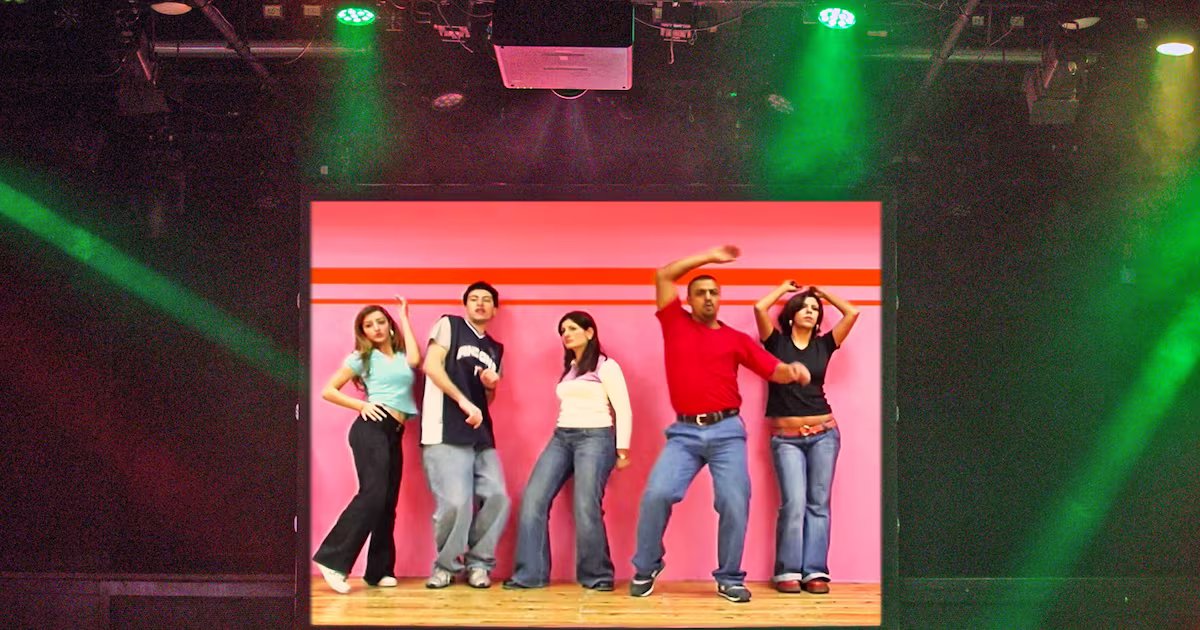Movies about male geniuses behaving badly are a dime a dozen. They make up a staid genre with straightforward conventions. But a staid genre can yield results. In 1972, came Ken Russell’s Savage Messiah, a biopic with the usual Russell mix of explosive creativity, lack of restraint, and quiet humanism—all embodied in its dual protagonists.
Russell had made documentaries and TV movies about artists earlier in his career, and in 1971 came out with The Music Lovers, a film at least nominally about Tchaikovsky. That movie was panned by critics, who thought it was too extravagant and unfaithful to history; later in the year the same criticisms were leveled against Russell’s next film, The Devils. Savage Messiah sees Russell more restrained, and working with a lower budget, but still invested in the balance of art, love and genius.
Seeing those things playing out in an individual life was a recurrent fascination for Russell. They’re grand themes, and the openness with which he approached them led contemporary reviewers to dismiss his work as camp. There’s camp in his movies, but it’s a means to an end, not an end in itself. Russell tries to find ways to express the exaltation of artistic inspiration visually and dramatically without falling into clichés. That means creating something cinematically as wild as the frenzy of the artist the film’s about. Russell often succeeds, but whether the film that results is flawless or entirely coherent is another question.
Savage Messiah follows the relationship in the second decade of the 20th century between the radical half-mad young French sculptor Henri Gaudier (Scott Antony) and the older Polish writer Sophie Brzeska (Dorothy Tutin). After meeting in Paris and beginning an intense relationship, they move to London where Gaudier struggles to find work as a laborer but eventually breaks through as a sculptor. This brings on its own stress, as Gaudier’s attracted to his model, the lovely young suffragette Gosh Boyle (Helen Mirren), while Brzeska’s uninterested in sex.
This sounds simple, if not obvious. But the movie works, because of what Russell brings visually as a director, and what he gets out of his cast. Antony retired from acting just a few years after this film, but his work here shows talent; he brings something of the brash madness of a young Malcolm McDowell without the sinister undertones. If his youth and passion are achingly real, so too, more quietly, are the emotions of Tutin as Brzeska. Gaudier’s the better-known talent, but in this movie Russell’s at least equally interested in Brzeska and her emotional life. Tutin, a veteran stage actress, does a wonderful job with a character who might’ve come off as unsympathetic—colder and less sexual than Antony’s id-driven Gautier, she creates a complex portrait of a woman in an unfamiliar culture struggling to make a life for herself.
The story’s successful, because while the bad-boy artist is a familiar figure from lesser films, here the character isn’t mean. Gaudier and Brzeska have tensions in their relationship, and Gaudier is hurtful. But there’s give and take, a sense of two figures drawn to each other while in some ways mismatched. In this sense the movie, perhaps unintentionally, argues that sex and art are very different: Brzeska and Gaudier relate to each other as artists, and feel romantic love, but sexually Gaudier’s bawdiness doesn’t fit with Brzeska’s restraint.
The script came from poet Christopher Logue, based on a 1930 biography of Brzeska and Gaudier by Jim Ede titled Savage Messiah. Russell was drawn to the book, and financed much of the film himself, serving as producer as well as director. It failed at the box office, but the relative quietness of the film would later convince industry people that Russell could be trusted to work well with actors and helm a major production like 1980’s Altered States.
That restraint’s relative. There are extravagant (and arguably cartoony) scenes in a nightclub called the Vortex, a dreamlike reference to the modernist artistic movement of Vorticism. And Gaudier’s London is the London of Dickens, slightly updated to the early-20th century but still filled with urchins, whores and sooty industrial architecture. Yet overall Russell and cinematographer Dick Bush create a realistic sense even when the lighting and Derek Jarman’s set designs push reality. The surrealism of The Devils has less of a place here.
The movie still feels as though it’s assembled of bits and pieces. Inevitably, there’s difficulty in making a coherent story out of a real life, which doesn’t usually have a simple narrative shape. Compensating for this sometimes results in too-simple patterns, such as having Gaudier be torn between two women. And Russell’s strengths as a director don’t lie in the architectonics of plot. He’s drawn to the visual, and so there’s ultimately a tendency here for Gaudier the active and frenetic visual artist to overwhelm Brzeska the quiet writer.
The editing’s kinetic, and the dialogues jarring, though usually in a good way; lovely and exhausting. Still, the themes of the film are clear. To an extent it’s engaged with then-contemporary controversies: Gaudier faces being drafted into an unjust war, while Gosh’s feminism echoes the zeitgeist of 1972.
Because the movie’s using history to be contemporary, it becomes mythic. And Gaudier’s passion for art and love is timeless. Early in the film he proclaims his credo: “You can’t make art out of dreams! Art is dirt. Art is sex. And art is—revolution!” It could serve as a mission statement for the film, and Russell’s career.






